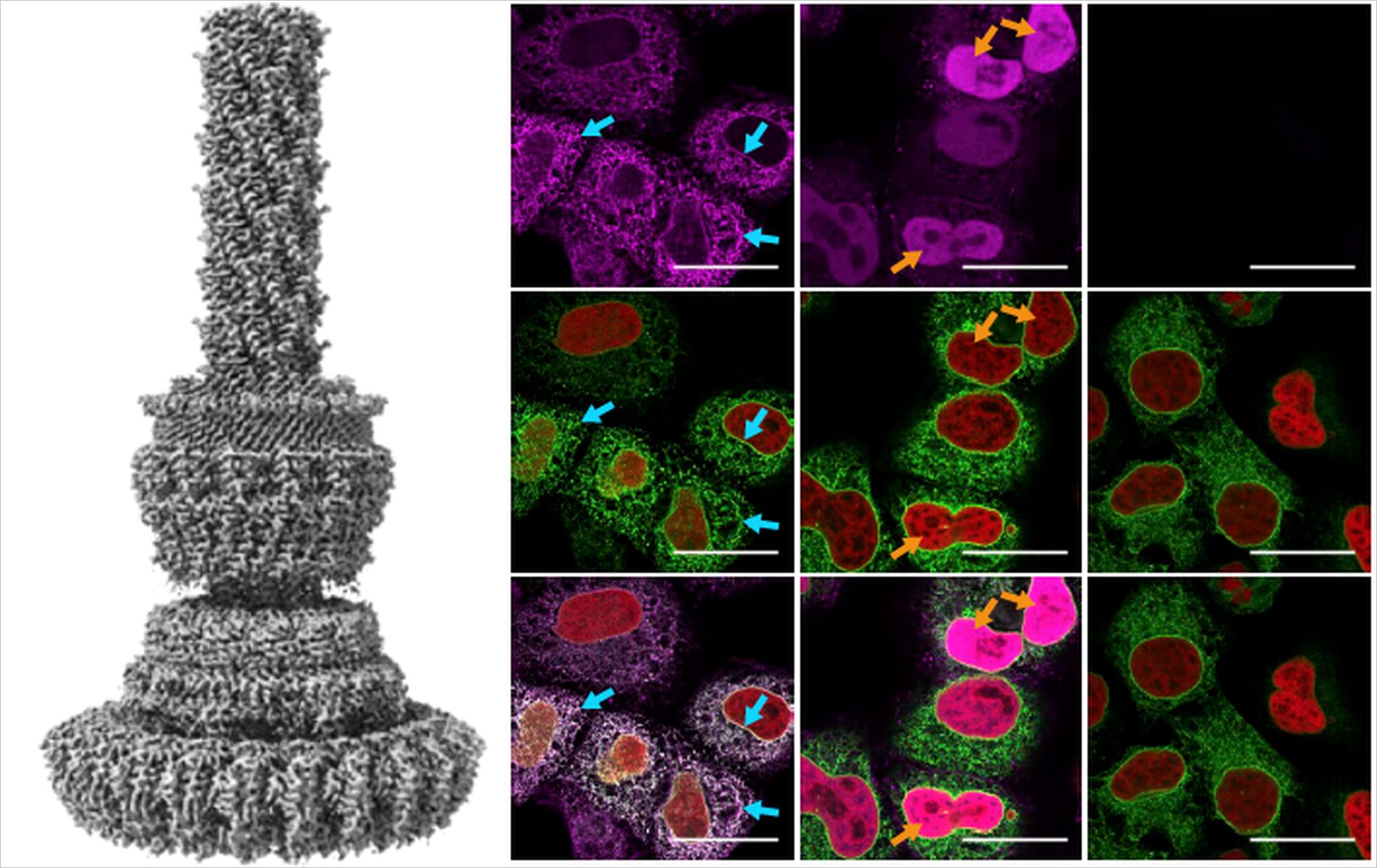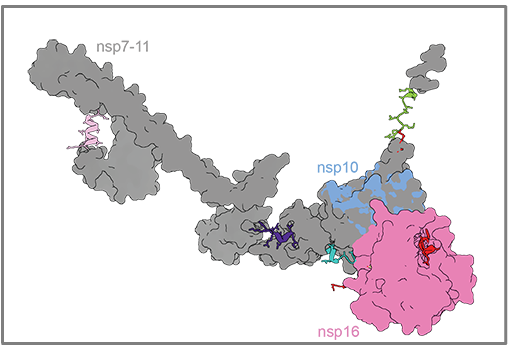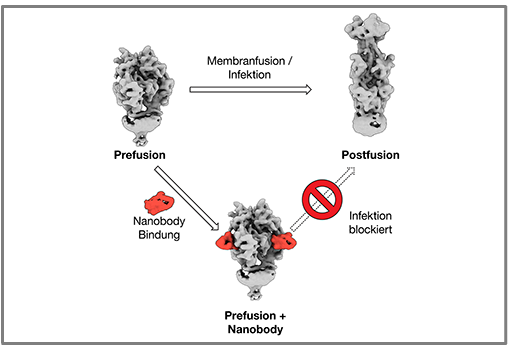Bacteria Exploited for Therapeutic Applications
The gram negative bacteria Salmonella possess a needle-like type III secretion system which delivers bacterial proteins to the human host. CSSB scientist Thomas Marlovits (UKE) and collaborators have developed the basic principles for reprogramming this secretion system to deliver functional binding proteins inside human cells. These principles, published in Communications Biology, demonstrate that the sophisticated molecular machines developed by bacteria could be exploited for therapeutic applications.

Genetically engineered recombinant binding proteins such as DARPins and nanobodies can be designed to target and interfere with specific molecules within human cells. To successfully reach their target recombinant proteins must first penetrate the cellular membrane and access the cell’s intracellular fluid known as the cytosol. The inability of recombinant proteins to easily access the cytosol has, however, limited their use in development of novel therapies.
To achieve the effective transport of recombinant proteins across the cellular membrane, Marlovits turned to a molecular machine that his group has been studying for years; Salmonella’s type III secretion system (T3SS). The Marlovits group has focused its efforts on not only determining T3SS’s needle-like structure but also on comprehending how T3SS is able to secrete its bacterial proteins into host cells. “Our understanding of the T3SS has enabled us to create an enhanced version of this secretion system in a non-infectious strain of Salmonella which is capable of delivering large amounts of recombinant proteins to the cytosol,” explains Marlovits.
To further enhance the effectiveness of recombinant protein delivery to the cytosol, the scientist altered the length of the Salmonella effector protein SptP, which contains both secretion signals and a chaperone binding domain. “While the recombinant proteins tagged with SptP were effectively delivered to the cytosol, we noticed that they were locating close to the inner side of the cellular membrane and not distributing throughout the cytosolic space,” explains the papers first author Antoine Chabloz. Shortened to 120 amino acids and termed SptP120, the new tag enabled effective delivery and allowed the proteins to float around freely in the entire cytoplasm. By testing delivery in multiple cell types, Marlovits and collaborators subsequently demonstrated that the recombinant proteins were indeed functional after translocation to the cytoplasm.
The scientist further tested their system by delivering recombinant proteins to inhibit RAS signaling. The mutated proteins along the RAS signaling pathway, known as KRAS, can lead to the development of cancers most of which are undruggable. “We were successfully able to deliver two DARPins and a monobody that were recently developed to block RAS,” notes Marlovits “furthermore, these synthetic binding proteins were able to rapidly and significantly block the activation of cancerous KRAS mutations.” Overall, this salmonella –based system will allow for the delivery of potent macromolecular inhibitors to previously undruggable targets thus enabling the exploration of novel therapeutic avenues.
Reference:
Chabloz A, Schaefer J, Kozieradzki I, Cronin S, Strebinger D, Macaluso F, Wald J, Rabbitts T, Plückthun A, Marlovits T, Penninger J (2020) Salmonella-based platform for efficient delivery of functional binding proteins to the cytosol. Communications Biology; doi: 10.1038/s42003-020-1072-4



